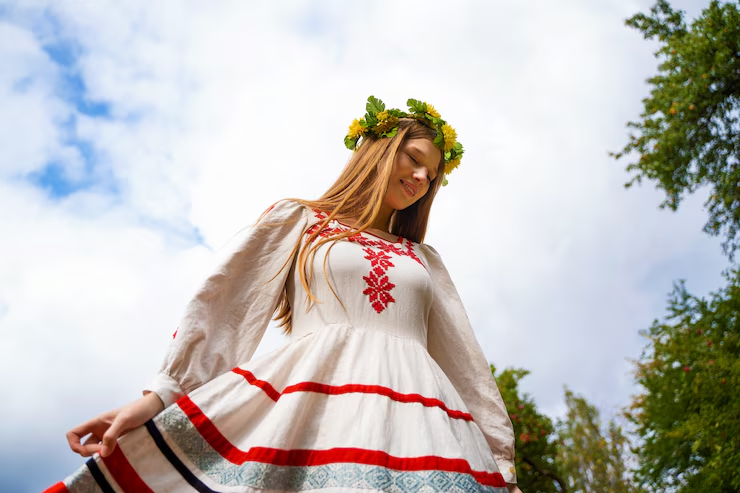Introduction
Iganiny is a multifaceted term that has surfaced across various domains, including digital privacy, cultural traditions, and ancient practices. Its influence stretches from being a symbol of spiritual renewal in West African cultures to representing privacy-centric tools in the digital age. This article aims to explore the diverse interpretations and applications of Iganiny, shedding light on its significance in both historical and contemporary contexts.
Iganiny in the Digital Privacy Revolution
End-to-End Encryption and User Control
In today’s digital landscape, privacy concerns are paramount. Iganiny has emerged as a term associated with platforms that prioritize user privacy through features like end-to-end encryption. This encryption ensures that only the sender and recipient can access the content of messages, safeguarding against unauthorized access. Such platforms empower users to control the visibility of their content, allowing them to decide who can view their posts, photos, or stories. This level of control is crucial in an era where data breaches are increasingly common.

Anonymity in Social Media
Beyond encryption, Iganiny platforms emphasize user anonymity. Many individuals seek to engage online without revealing their identities, whether for personal exploration, activism, or simply to avoid public scrutiny. Iganiny provides a space where users can interact discreetly, free from targeted advertising or data mining. This anonymity fosters a sense of security, encouraging open and honest communication without the fear of judgment.
Iganiny as a Cultural Phenomenon in West Africa
Rituals and Ceremonies
In West African cultures, particularly among the Yoruba and Akan peoples, Iganiny holds deep spiritual significance. It is central to various rites of passage, including births, marriages, and initiations. These ceremonies involve elaborate preparations, such as crafting ceremonial garments and symbolic artifacts. Participants engage in collective prayers, music, and dancing, fostering spiritual and communal bonds. These rituals serve as conduits between the physical and spiritual realms, reinforcing cultural identity and continuity.
Music and Dance as Expression
Music and dance are integral to Iganiny rituals, serving as expressions of spiritual devotion and communal identity. Drummers, singers, and dancers collaborate in performances that evoke the presence of the divine. The rhythms and movements are not merely for entertainment but are believed to invoke blessings and protection for the community. Ceremonial attire, often featuring vibrant colors and intricate beadwork, symbolizes the spiritual journey of participants and their status within the community.
Preserving Cultural Heritage
In the face of globalization and technological advancement, Iganiny rituals play a vital role in preserving cultural heritage. They provide a tangible connection to ancestral traditions, reinforcing communal values and identity. By engaging in these rituals, communities ensure that their cultural practices remain vibrant and relevant, passing them down to future generations. Iganiny serves as a cultural anchor, reminding individuals of their roots and the importance of heritage in a rapidly changing world.
Iganiny as a Social Media Tool: Enhancing Instagram Privacy
Anonymous Viewing on Instagram
In the realm of social media, Iganiny is known as a tool that enhances user privacy, particularly on platforms like Instagram. It allows users to view stories anonymously, without appearing on the viewer list. This feature is beneficial for individuals who wish to stay informed about others’ updates discreetly. Whether for personal or professional reasons, the ability to observe content without revealing one’s identity provides a level of privacy not typically offered by traditional social media platforms.
Implications for Social Media Etiquette
While Iganiny offers enhanced privacy, it also raises questions about social media etiquette and ethics. Some users may feel uncomfortable knowing that their stories can be viewed anonymously, potentially leading to feelings of distrust. This lack of transparency can be particularly concerning for influencers, businesses, or public figures who rely on engagement metrics. The use of such tools challenges the norms of shared visibility and interaction that underpin social media platforms.
Legal and Ethical Considerations
The use of Iganiny as an anonymous viewer tool may violate the terms of service of platforms like Instagram, which often prohibit third-party tools that interfere with their functionality. Users should be aware of the potential risks, including account suspension or bans. Moreover, ethical considerations arise regarding the respect for others’ privacy and consent. While users have a right to privacy, it’s equally important to consider the impact of anonymous viewing on the trust and transparency of online interactions.
The Role of Iganiny in Modern Celebrations
Iganiny in Weddings and Festivals
Modern celebrations, such as weddings and festivals, have incorporated rituals to honor cultural heritage. In weddings, traditional dances, songs, and ceremonial attire are used to signify the couple’s shared cultural history. Festivals celebrating harvests or seasonal changes often feature rituals that symbolize renewal and transformation. These practices serve as bridges between tradition and modernity, enriching contemporary celebrations with cultural depth.
Modern-Day Adaptations
As societies evolve, so do cultural practices. rituals have adapted to modern contexts, being performed in urban community centers or during special events to remain accessible. Technology has also influenced these celebrations, with social media platforms and digital cameras allowing participants to document and share their experiences. These adaptations ensure that remains a living tradition, resonating with younger generations and gaining international recognition.
Iganiny: Ancient Wisdom Meets Modern Understanding
Iganiny in Spiritual Practices
Historically, Iganiny has been associated with spiritual and mystical traditions. Ancient texts describe it as a pathway to higher consciousness, a method for communing with divine entities, and a technique for unlocking hidden potential within the human mind. Spiritual leaders and mystics have used to gain profound insights into the nature of reality and the human condition.

